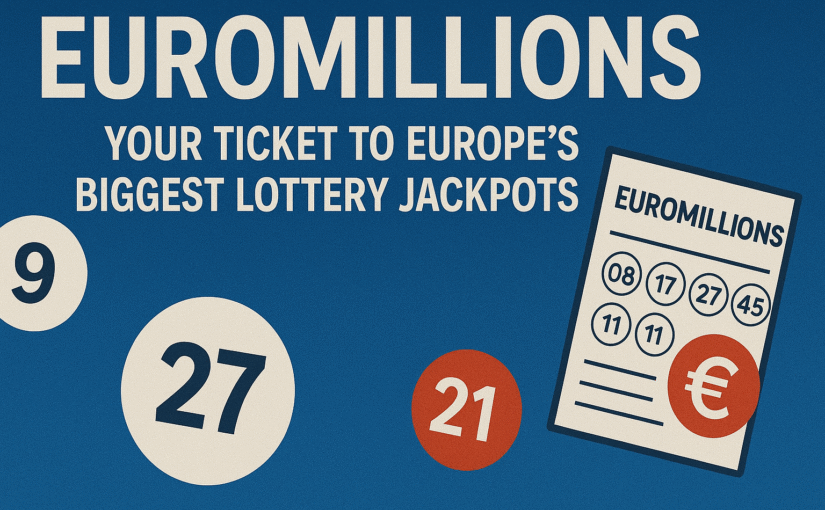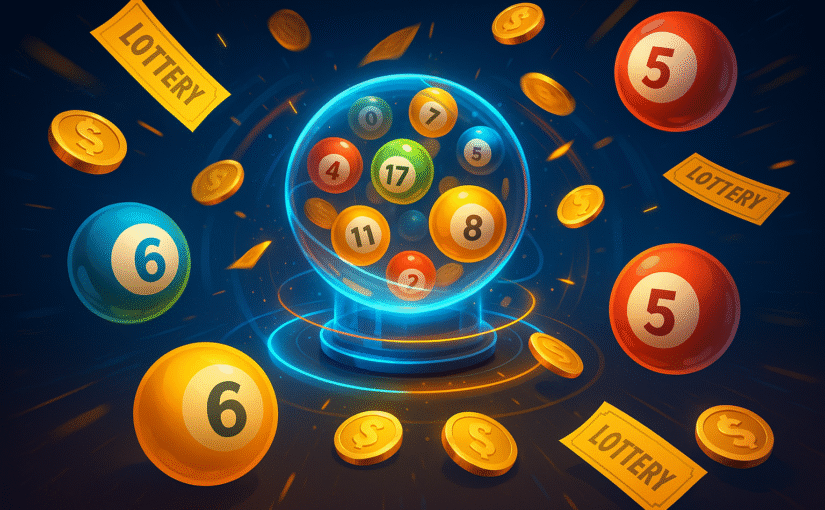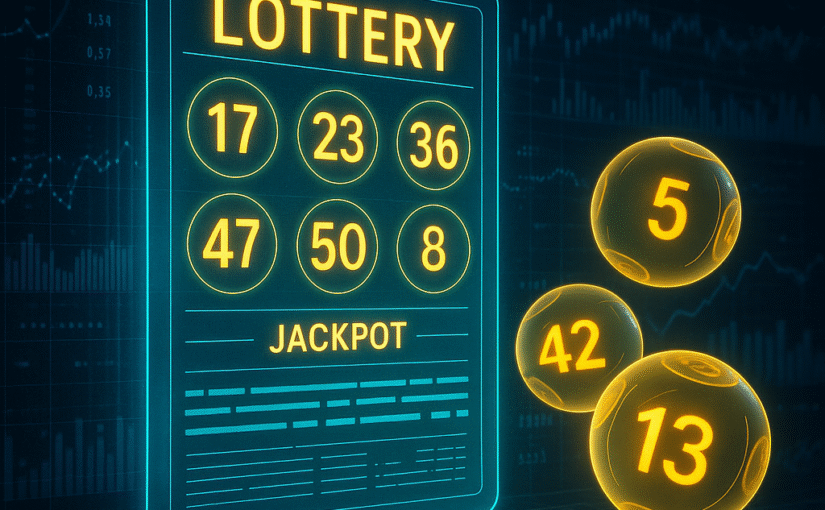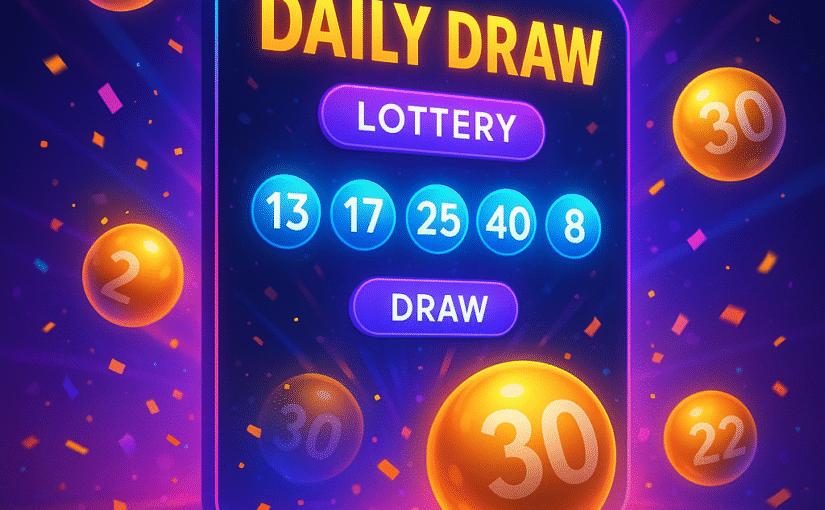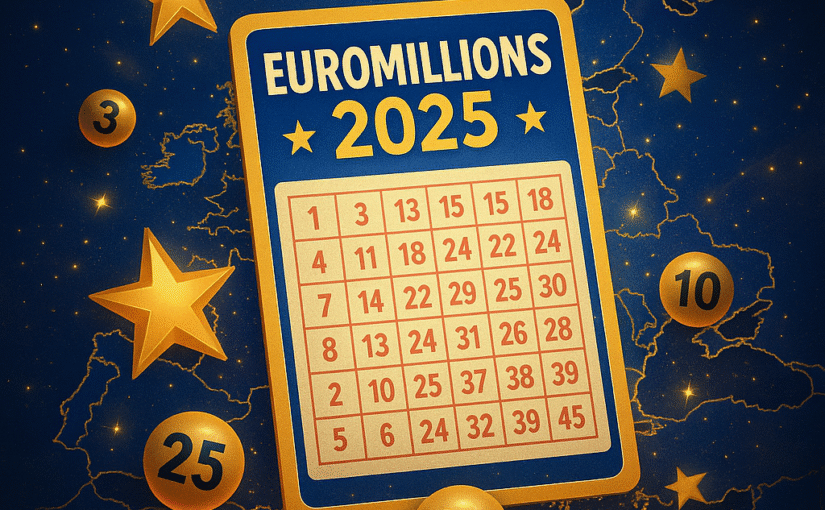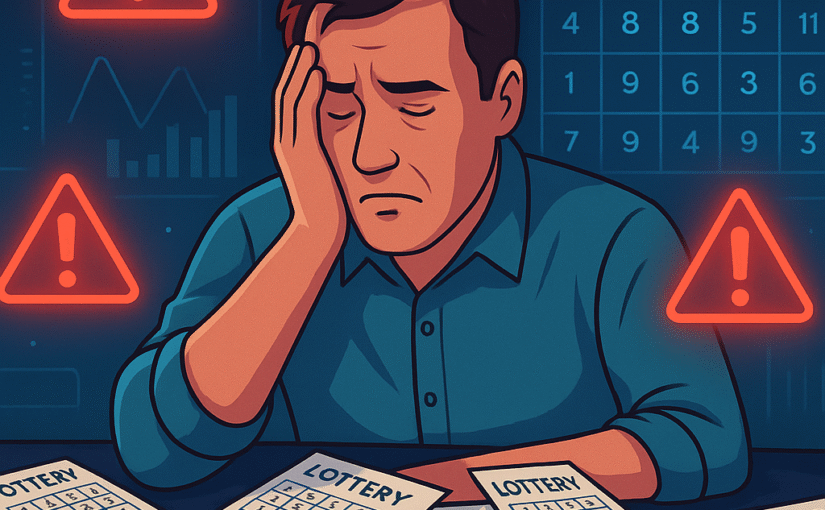The European Giant of Lotteries
Few lotteries in the world match the prestige and excitement of EuroMillions. Originating from a collaboration between several European nations, it has grown into one of the largest and most recognized lottery games worldwide. With jackpots often exceeding €100 million, EuroMillions online lottery gives players everywhere the chance to experience the thrill of becoming Europe’s next millionaire.
Thanks to digital platforms, you no longer need to live in Europe to join. Players from across the globe can buy tickets online, check results instantly, and participate safely in this legendary lottery.
How to Play EuroMillions Online
EuroMillions is simple, yet full of excitement. Here’s how it works:
- Pick 5 Main Numbers: Choose from 1 to 50.
- Select 2 Lucky Stars: Choose from 1 to 12—these special numbers can multiply your winnings dramatically.
- Choose Draw Dates: Draws take place twice a week—on Tuesday and Friday.
- Buy Your Ticket Online: Secure your entry on licensed platforms.
- Check Results Live: Results and prize breakdowns are published moments after each draw.
You win the jackpot by matching all seven numbers, but there are 13 prize tiers, so even partial matches can pay out generously.
Smart Strategies to Boost Your Winning Chances
While winning the jackpot is rare, smart play can help you improve overall results:
- Mix Odd and Even Numbers: Balanced selections tend to perform better historically.
- Avoid Popular Patterns: Skip straight lines or multiples of five—many players pick these.
- Join a Syndicate: Pooling tickets with others increases your total entries without breaking your budget.
- Use Lucky Stars Wisely: Many secondary prizes are determined by these two key numbers.
- Play Consistently: Small, regular participation beats sporadic large bets.
Even if you don’t hit the jackpot, EuroMillions offers strong secondary prizes worth tens or hundreds of thousands of euros.
Why Players Love EuroMillions
Beyond its massive jackpots, EuroMillions online lottery offers fairness, transparency, and the thrill of continental participation. Players from across Europe—and beyond—share in the same dream, creating a truly global community of lottery fans.
Its special promotions, like the “Superdraw,” can boost jackpots to over €200 million, making it one of the most rewarding lotteries on Earth.
Conclusion
EuroMillions isn’t just a game—it’s a gateway to life-changing possibilities. With simple rules, massive jackpots, and easy online access, anyone can try their luck and join the ranks of Europe’s lottery millionaires.
Your numbers could be next—so grab your ticket, trust your gut, and take your shot at history.
